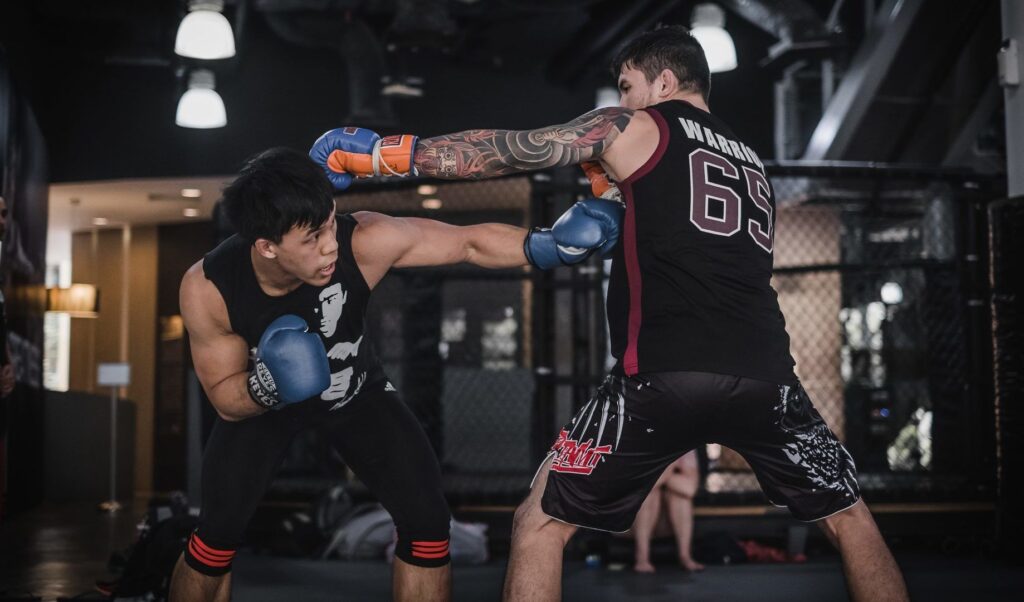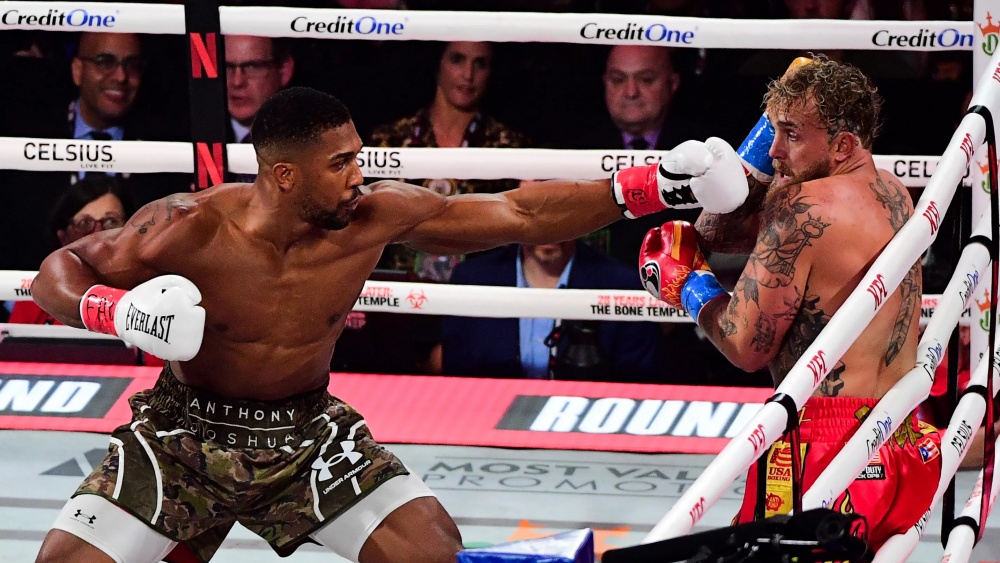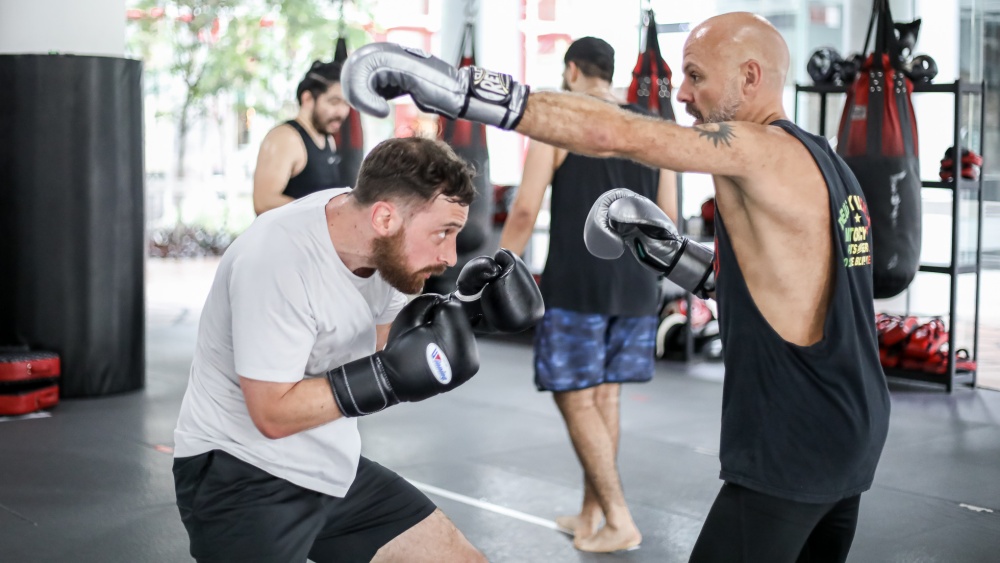The jab is the most basic punch in boxing. It is the first punch a student learns when beginning to train, and it is the last punch the coach reminds his fighters of just before stepping into the ring. It is so easy to learn that virtually anyone can do it. But don’t judge the move by its simplicity. The effectiveness of the jab far outweighs its ease of use.
Jabs can be used to keep aggressive opponents at bay, and they can also be used as a setup to combinations. Some heavy-handed fighters even use their jabs to score knockouts. There are so many different ways the jab can be used, and any serious fighter knows it’s essential to master all of the various techniques.
The bottom line is, when utilized in the right way, jabs can definitely help any fighter towards achieving victory. That is why experts say the jab is the most important punch a fighter can have in his arsenal.
Let’s explore some of the different ways a jab can be thrown. Today, Evolve Daily shares 5 Types Of Jabs All Boxers Need To Know.
1) The Basic Jab
This is the simplest form of the jab. It involves extending your lead hand out to deal a quick blow to the opponent’s head or body. If you are left-handed, the right hand will be used as a jab in the southpaw stance, and vice versa. It is usually followed by a straight or cross to complete a classic one-two combination.
Depending on where the jab is aimed, there are varying effects. Most boxers aim for the bridge of the nose to impede an opponent’s vision, setting up the following punch. Olympic boxers are taught to aim the jab at an opponent’s forehead to cause a knock back effect.
Examples of boxers with great textbook basic jabs are Miguel Cotto and Wladimir Klitschko.
2) The Range-Finder
A creative way to use the jab is to utilize the punch as a range-finder. Lengthy boxers with long reach like to do this to gauge distance between themselves and their opponents.
In this manner, the jab isn’t thrown with much force. Instead, it serves only for the purpose of tactile measurement by merely touching an opponent to get a feel for how much distance a boxer needs to cover to land a punch.
One of the best examples of this jab is when Steven Luevano fought hard-hitting Bernabe Concepcion. Luevano used his jab constantly as a range-finder and ended up winning the fight by decision.
3) The Step Jab
One way boxers like to use the jab is by incorporating a lightning quick step with the punch. This allows fighters to land the jab even if they are out of range. In one swift motion, the lead foot steps forward, exploding off the backfoot and generating power from velocity as the jab is thrown.
The method is effective because opponents are so far out of range that they are caught off-guard thinking there is no danger of a punch landing. The step jab allows boxers to cover distance very swiftly. Mastering this technique is crucial for fighters who need to break gaps to be able to work on the inside.
Former multiple-division Boxing World Champion Nonito Donaire is an expert at this and uses his quick hands and feet to land the Step Jab with great frequency.
4) The Double Jab
https://www.youtube.com/watch?v=V4kDh4u7UCI
Another effective way to throw the jab is by doubling up. The double jab is executed by throwing two jabs in rapid succession.
There are several different ways people can throw the double jab. Depending on what the boxer is trying to do, they can utilize the double jab is various ways. For example, one way a double jab can be used is by throwing two different types of jabs. With this method, the first jab in the combo is actually a half-jab which is mainly used as a feint to entice an opponent to bring the guard up. The second jab is then fully extended and lands with forceful impact.
As the opponent’s vision is impeded due to the high guard, the boxer now has the option to follow up with a power punch like a straight or a hook.
5) The Power Jab
In most cases, the jab isn’t really a knockout punch. It is a punch used to set up a fighter’s power punches and combinations. But some fighters obviously didn’t get the memo and throw their jabs with so much force, that it scores them knockouts.
When an opponent is hit with a powerful jab, it keeps them alert and wary of that power. This keeps them out of range and hesitant to close the distance. Aimed at the chin, a good, strong jab can be very effective at dictating the pace of a matchup. One thing about the power jab, however, is that it usually doesn’t come out as quickly as other jabs.
Remember, the art of boxing is complex. These 5 jabs listed are some of the types of jabs that you will see in a fight and should be learned. However, different boxers may have their own variations of jabs that they use to suit their specific style.

















